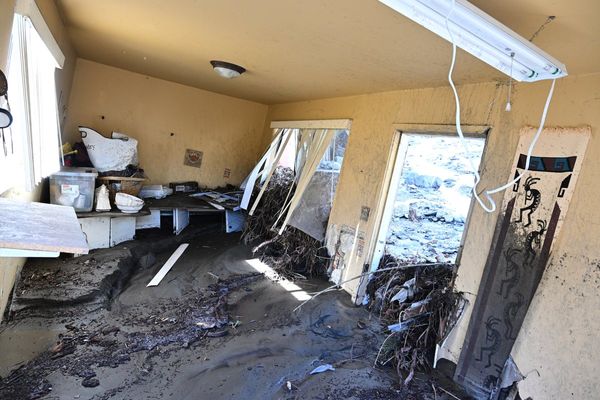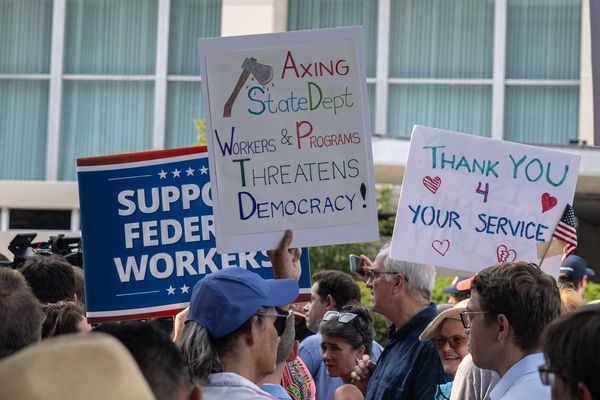Australia’s population story in 2025 is shaped by two seemingly contradictory forces: capital city growth accelerated by migration and a quiet migration lull as cost of living pressures curb moving ambitions. In this news style feature we look at the data behind the headlines, explore why people are staying put and highlight where they are still moving – along with practical insight for anyone planning a move.
Capital cities boom, but outflows to regions are up
The latest figures from the Australian Bureau of Statistics show that in the 2023 24 financial year the country’s capital cities added 427,800 people – a growth rate of 2.4 %, nearly double that of regional Australia (1.3 %). Sydney alone gained 107,500 people, while Melbourne and Perth were close behind. Net overseas migration is responsible for much of this growth; it boosted both cities and regions, but capital cities still attract the lion’s share. The outer suburbs of big capitals are absorbing most of this growth, with Box Hill Nelson in Sydney’s northwest and Fraser Rise Plumpton on Melbourne’s fringe ranking among the country’s fastest growing areas.
Yet the same data reveal a quiet counter trend: net internal migration out of capital cities climbed to about 35,000 people – the highest outflow (excluding the pandemic years) since 2000 –01. Regional towns and smaller cities are attracting city dwellers seeking space and affordability. Surveys by the Regional Australia Institute (RAI) found that two in five capital city residents considered moving to the country in 2024, double the share of two years earlier. The RAI’s Liz Ritchie attributes this to people re evaluating lifestyle priorities during the pandemic but warns that regional housing shortages and infrastructure deficits could dampen their plans. Essentially, people want to move; the question is whether they can.
A slump in moves despite growth
The paradox of 2025 is that more people are squeezed into cities while fewer are physically moving. According to the real estate data, internal migration fell to a nine year low and demand for removalist services is down 22 % since before the pandemic. Google searches for removalists and interstate movers have hit record lows. The 2024 25 year was the quietest for the moving industry in two decades. Cost of living pressures – including soaring rents and mortgage rates – are prompting people to stay put, while scarce rental availability in regional towns is making it harder for would be tree changers to find somewhere to live. When moves do happen, affordability tops the wish list: 78 % of movers surveyed cited affordable housing as their top priority.
The slump is also changing where people move. The moving index shows that regional Western Australia and South East South Australia currently have the highest inbound–outbound ratios, meaning more people are moving in than out. The Australian Capital Territory and southern Queensland attract relatively more residents, while Darwin, Brisbane’s inner city and Sydney’s inner city see net outflows. For families leaving congested cities, relocating to a place like Newcastle has become an attractive option. Many households look for Sydney to Newcastle removalists when exploring a sea change – the harbour city offers job opportunities without the capital city price tag.
Outer suburban expansion vs inner city shrinkage
The ABS data highlight another dimension: the fastest population growth is occurring on the fringes of cities rather than in established suburbs. Box Hill Nelson and North Macleod (both in Sydney’s outer northwest) each added around 7,000 residents. On the Gold Coast, Pimpama swelled by 5,000 people as families sought larger homes. Meanwhile, some innercity neighbourhoods are losing residents as remote work allows professionals to live farther from their offices. notes that Darwin and Brisbane’s inner city are experiencing net outflows.
These patterns suggest a “doughnut effect” where households trade small apartments for larger houses on the periphery. Affordable land on the urban fringe, combined with major infrastructure projects such as Sydney’s metro extensions, is making commuting from outer suburbs more viable. However, the risk is sprawl without adequate services. Urban planners warn that booming outer suburban populations need transport, healthcare and school investment to avoid congestion and long commutes.
The regional question: push and pull factors
Net internal migration from capital cities to regional areas is rising, but actual moves depend on housing supply. Towns such as Ballarat and Bendigo benefited in 2020 21 when remote work surged. Since then, rental vacancy rates in many regional markets have fallen below 1 %. The RAI’s survey captured the frustration: 40% of city dwellers wanted to move to the regions, yet housing shortages were cited as a significant barrier. Similarly, cost of living differences drive decisions. Data compiled by removalists show that a couple’s monthly expenses average roughly A$6,000 in Sydney versus A$3,900 in Adelaide. Sydney’s median house price is almost double Perth’s, and public transport costs in Brisbane (about $30 per month) are far lower than in Sydney or Melbourne. For young families and first home buyers, these gaps can justify uprooting their lives.
The desire for space and affordability also influences cross regional moves. Many Sydneysiders, for instance, look north to the Central Coast or south to Wollongong. Hiring a Sydney removalist remains a necessary part of the process, but the decision is about more than logistics – it’s a calculation about lifestyle, cost and community.
What these shifts mean for policymakers and movers
The interplay of population growth, stalled mobility and cost of living pressures creates both challenges and opportunities. For policymakers, strong capital city growth demands investment in affordable housing and transport to relieve pressure on outer suburbs. Encouraging medium density developments near jobs and services could reduce sprawl. For regional areas, boosting rental supply and digital connectivity will make it easier for city dwellers to follow through on their aspirations. Incentives such as relocation grants for health and education workers may also help rebalance growth.
For individuals considering a move, the key is planning. The quiet moving market means it’s a good time to negotiate with removalists and secure storage deals. But the housing crunch requires flexibility: be prepared to rent for longer while searching for the right home or to consider emerging hot spots beyond the obvious tree change towns. Research into school catchments, employment opportunities and infrastructure plans can turn a wish to relocate into a successful reality. Ultimately, Australia’s 2025 moving trends show that while our capital cities are swelling, our desire for better lifestyles and affordability remains strong – and the locations of our dreams may not be far from the suburbs we already call home.







